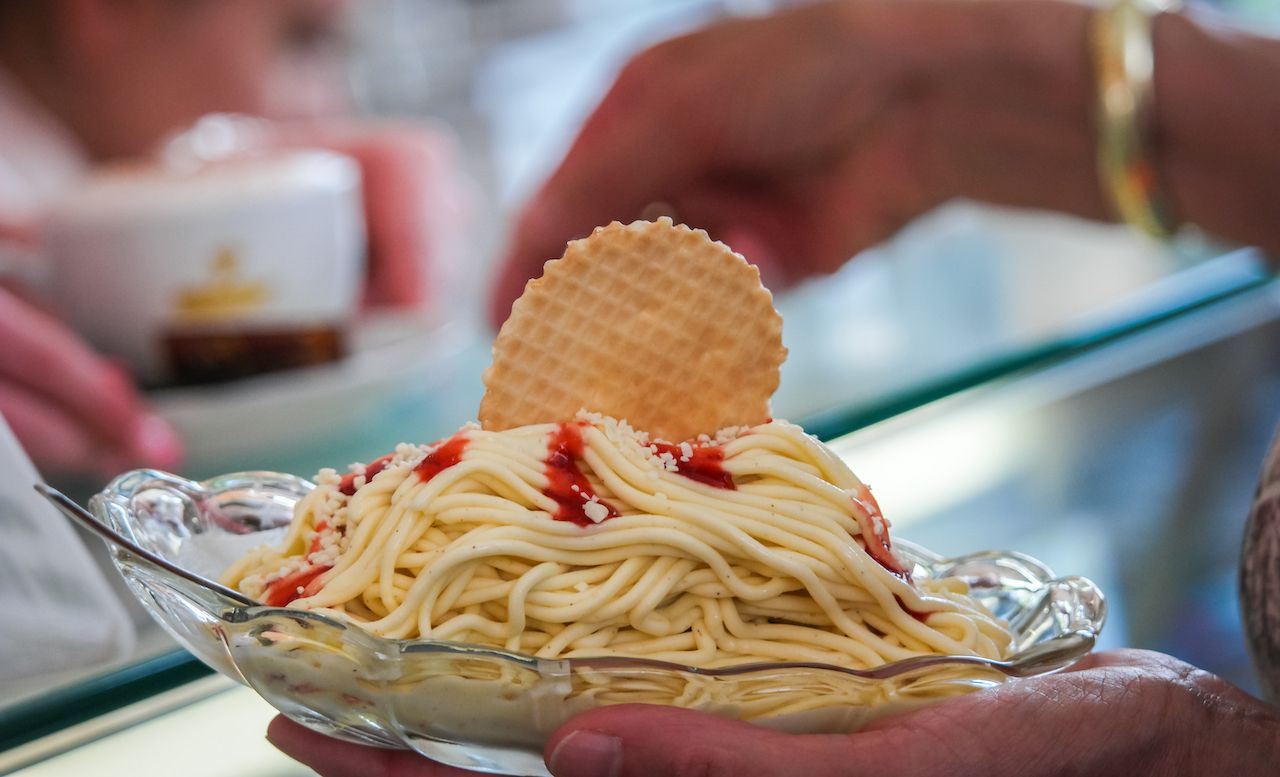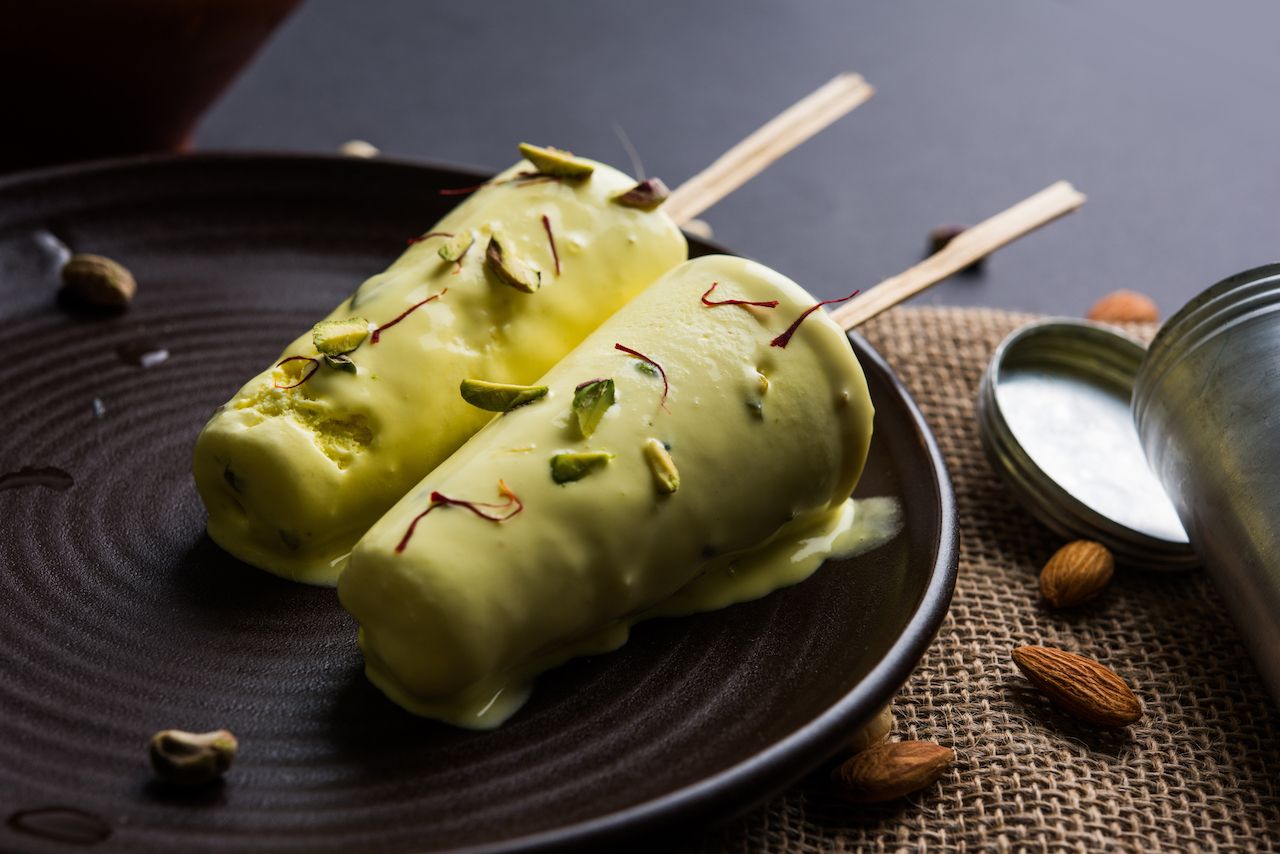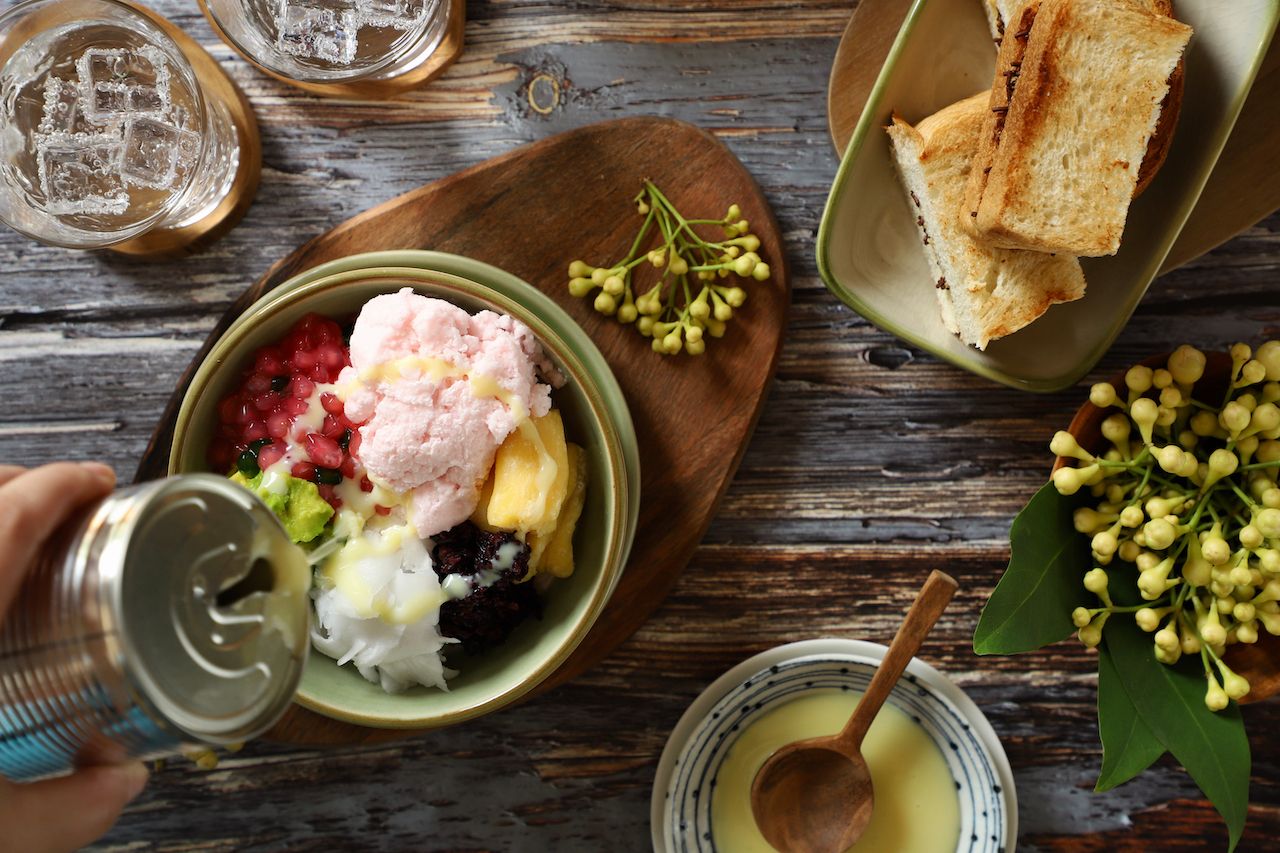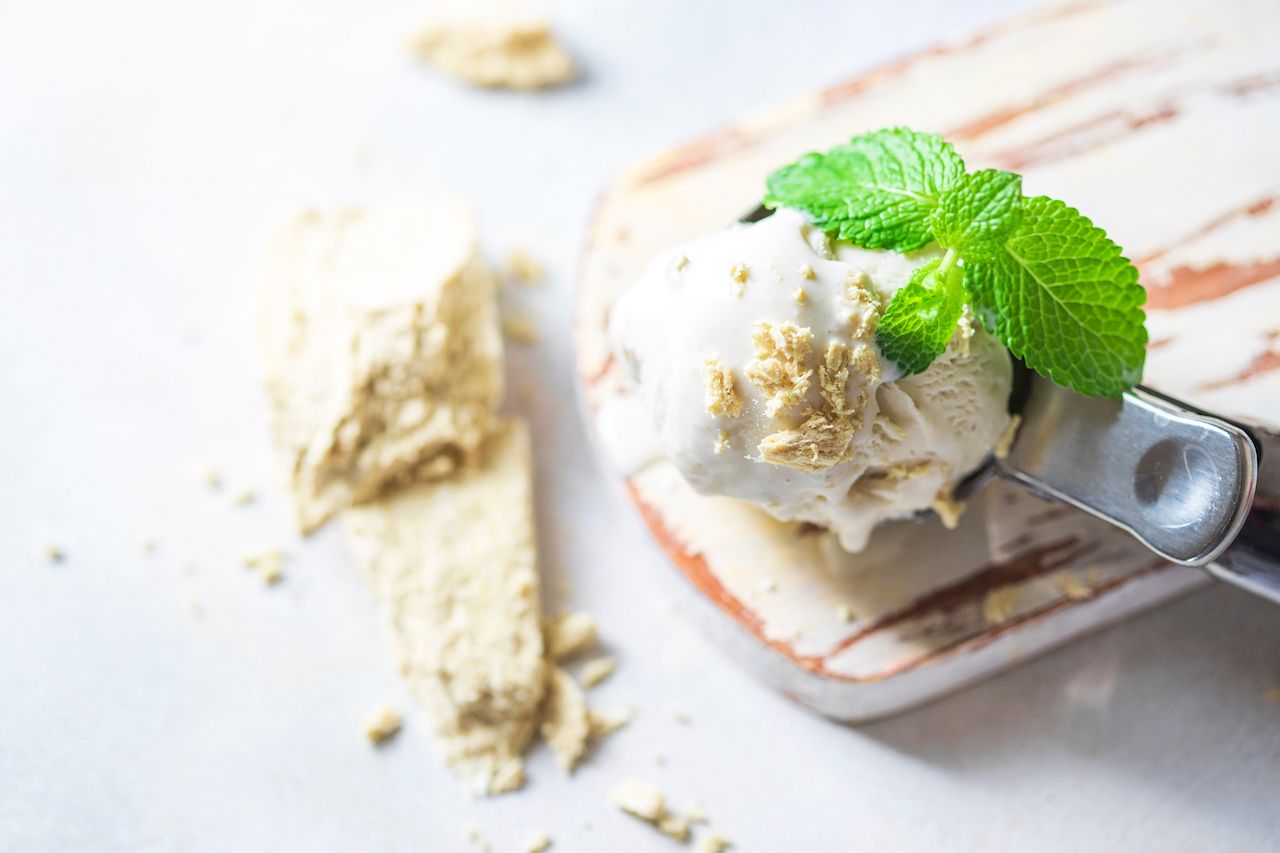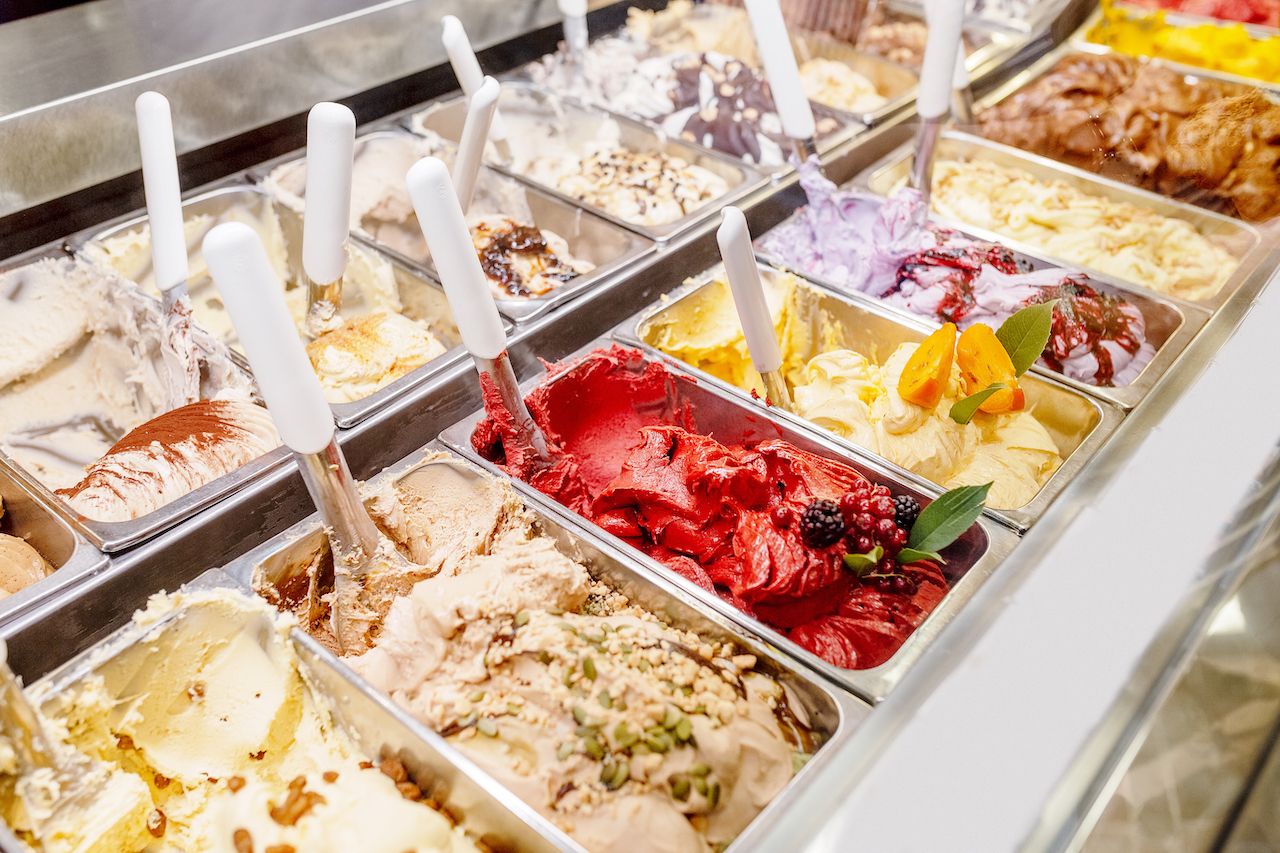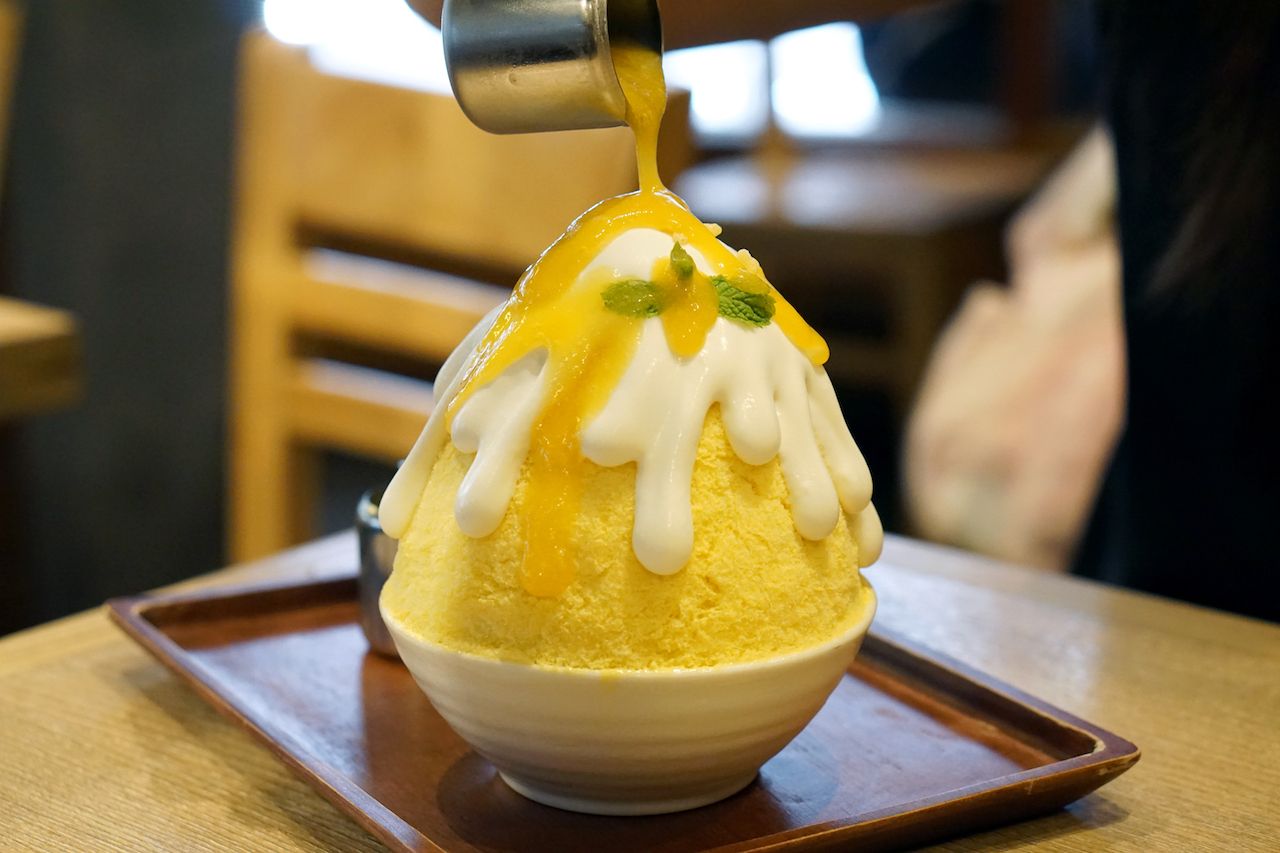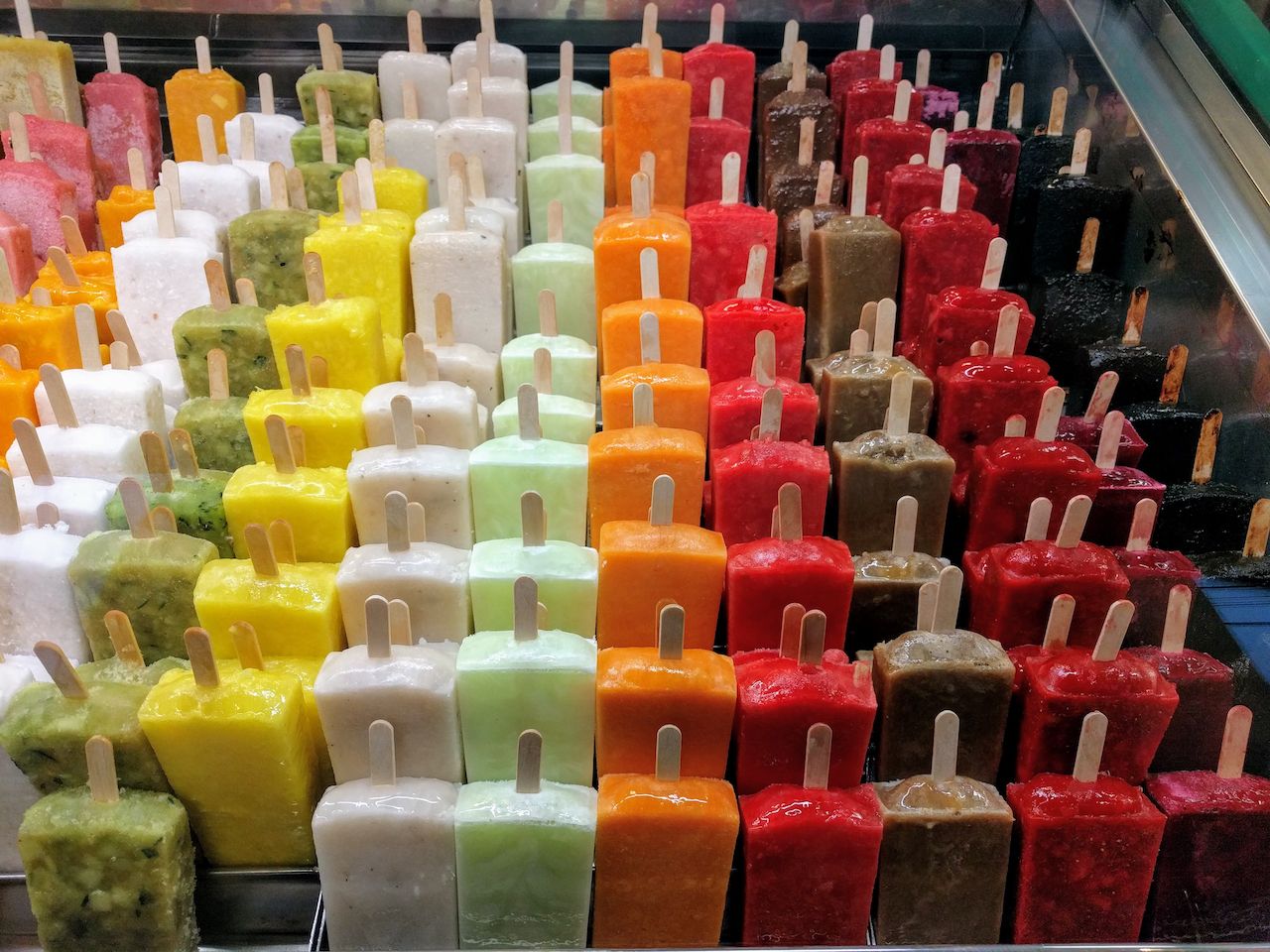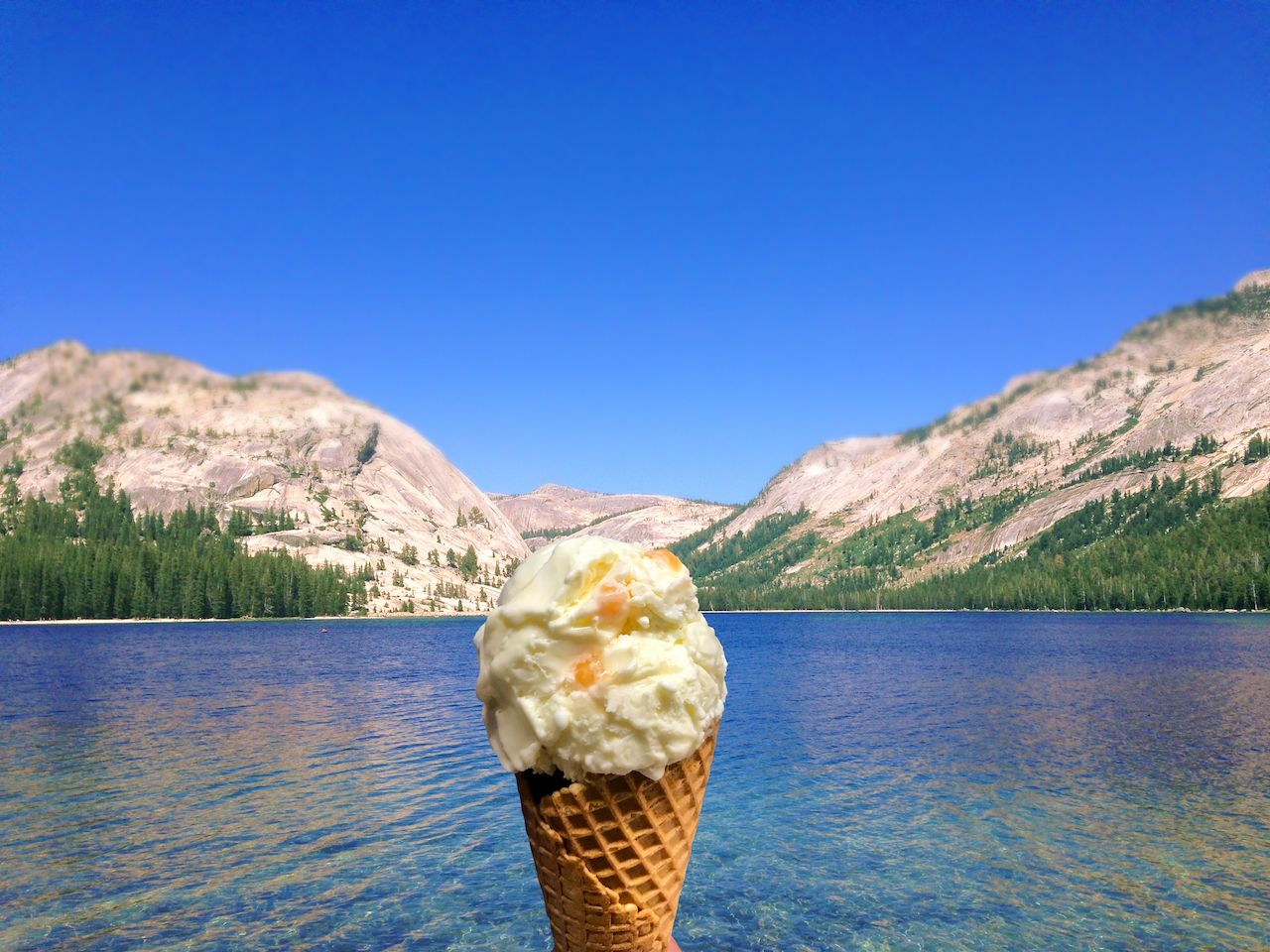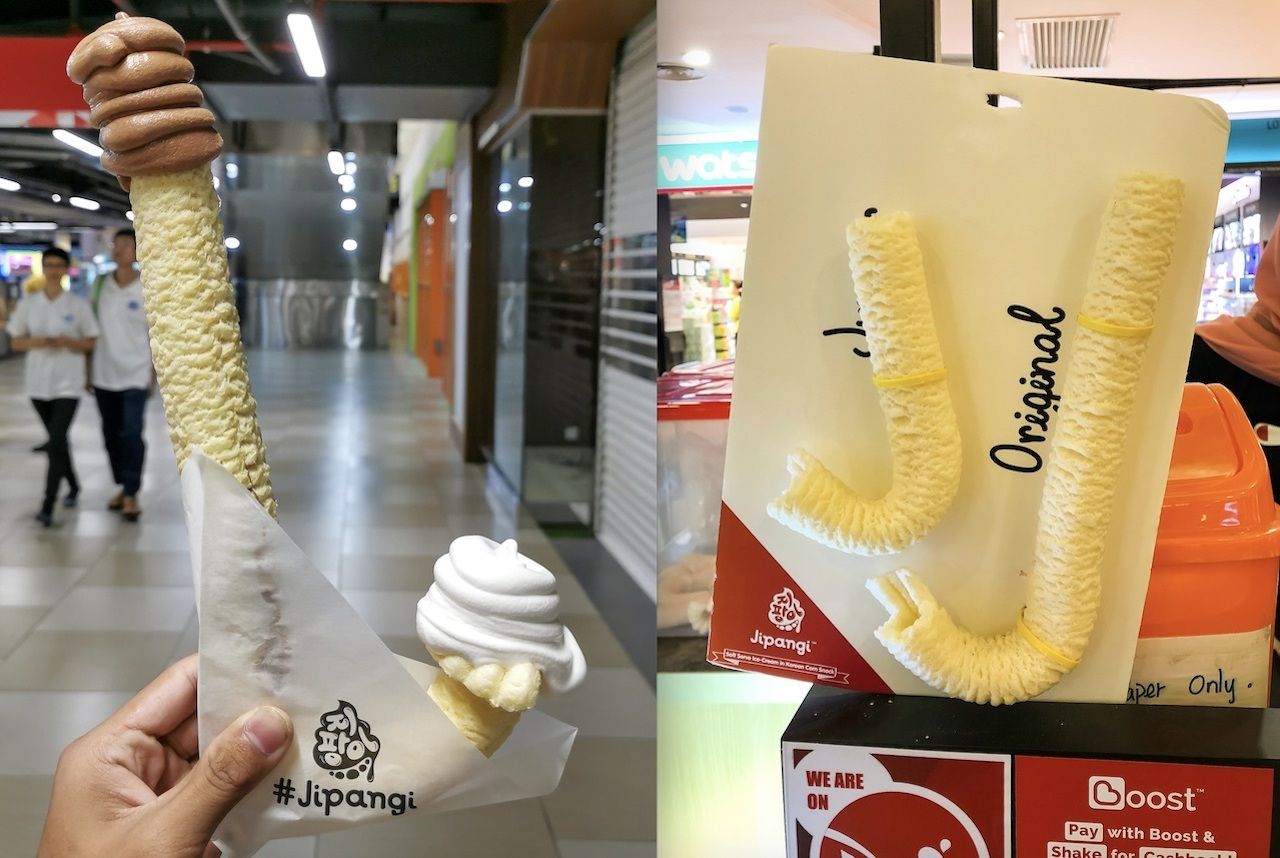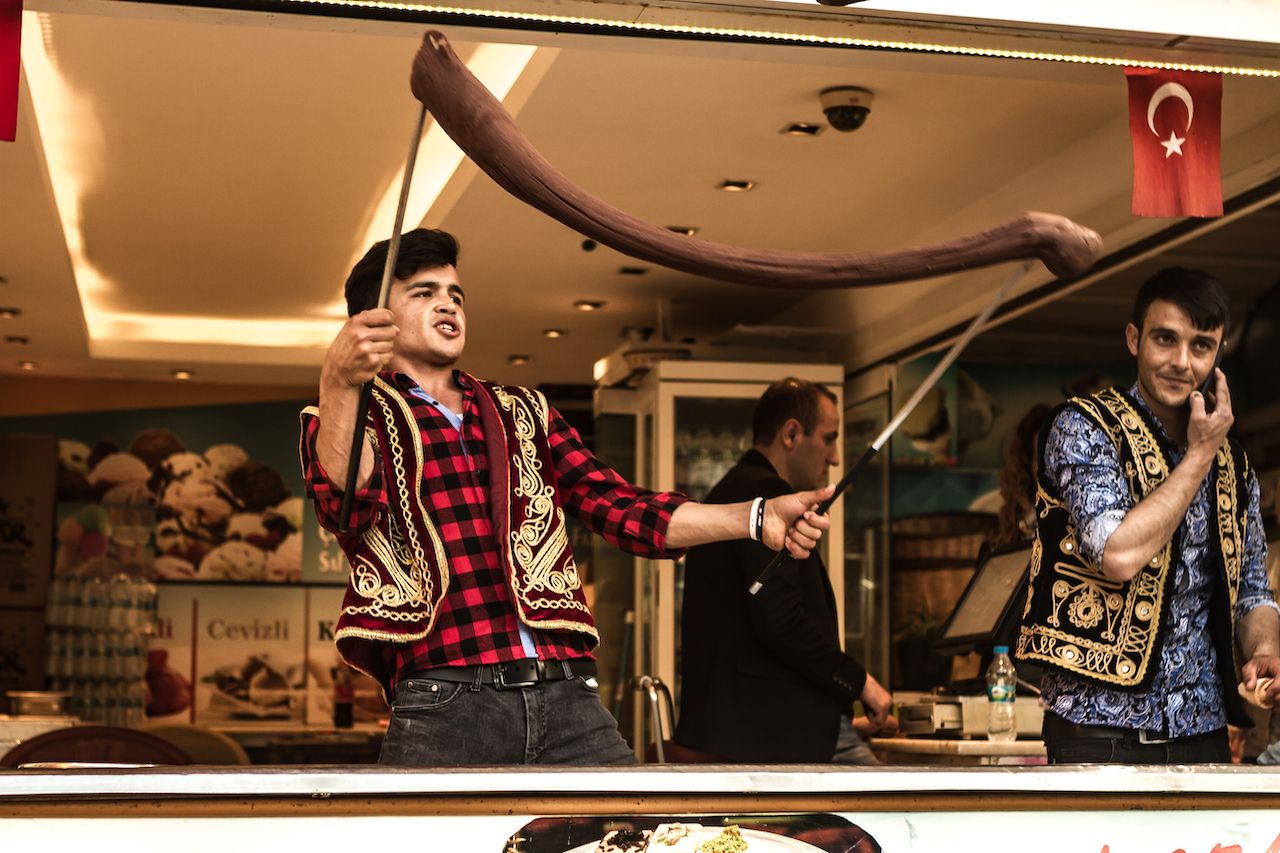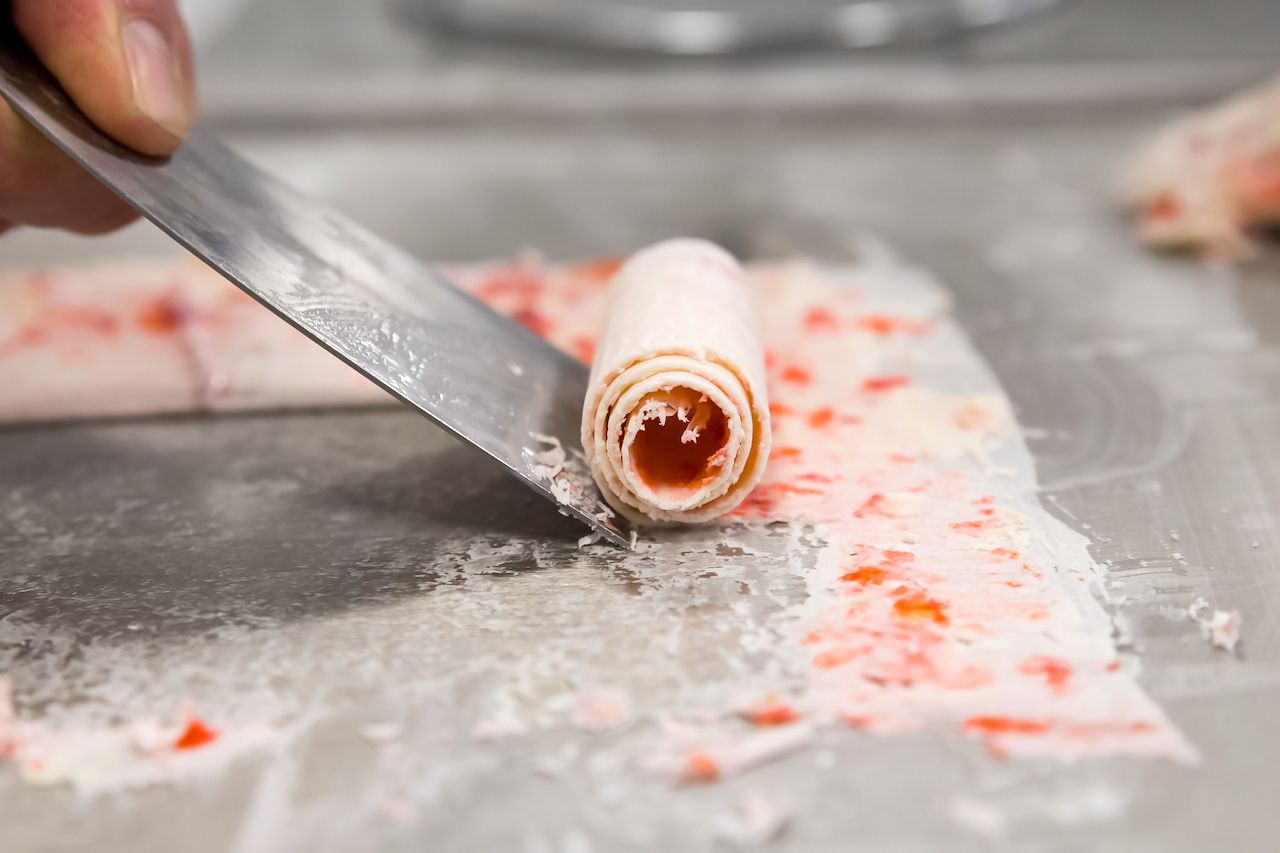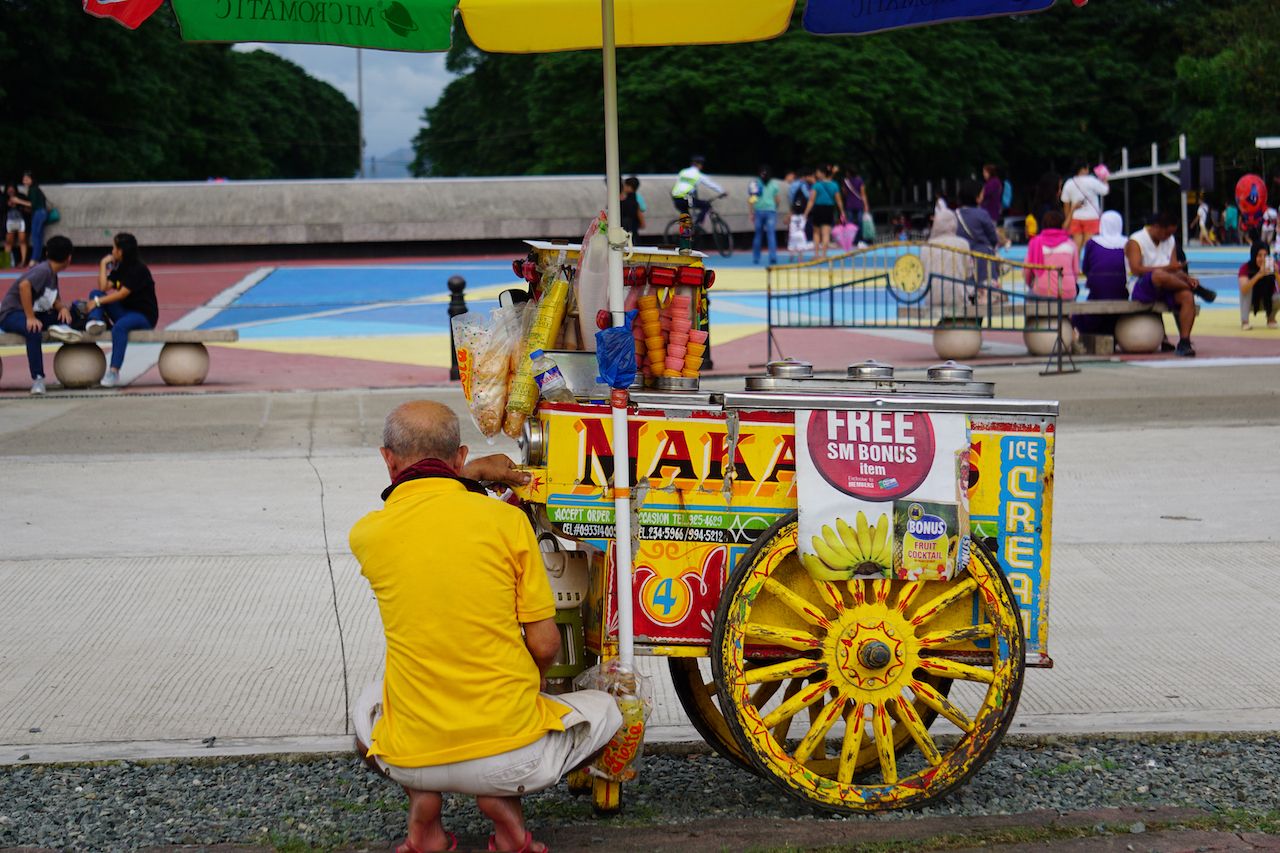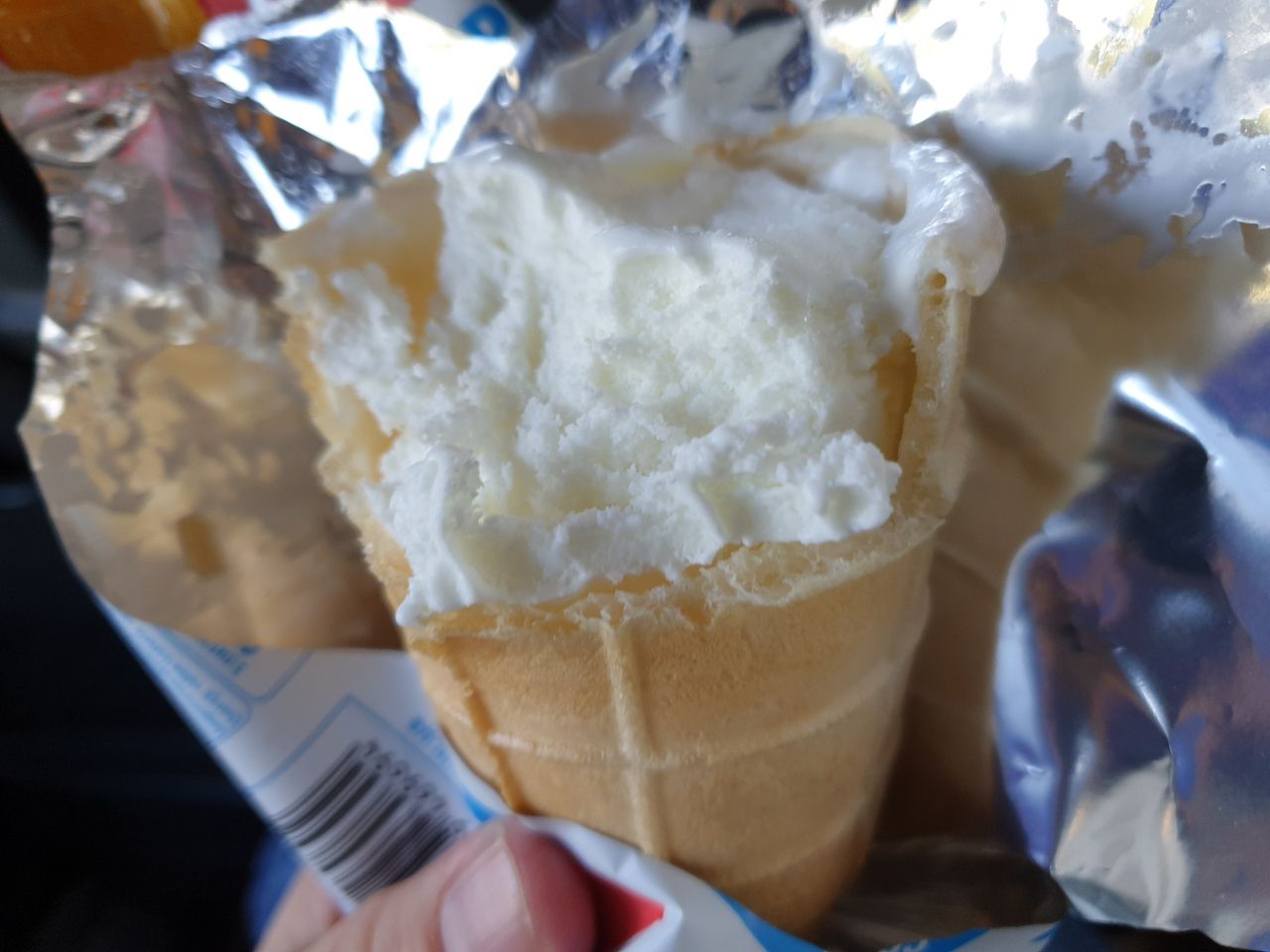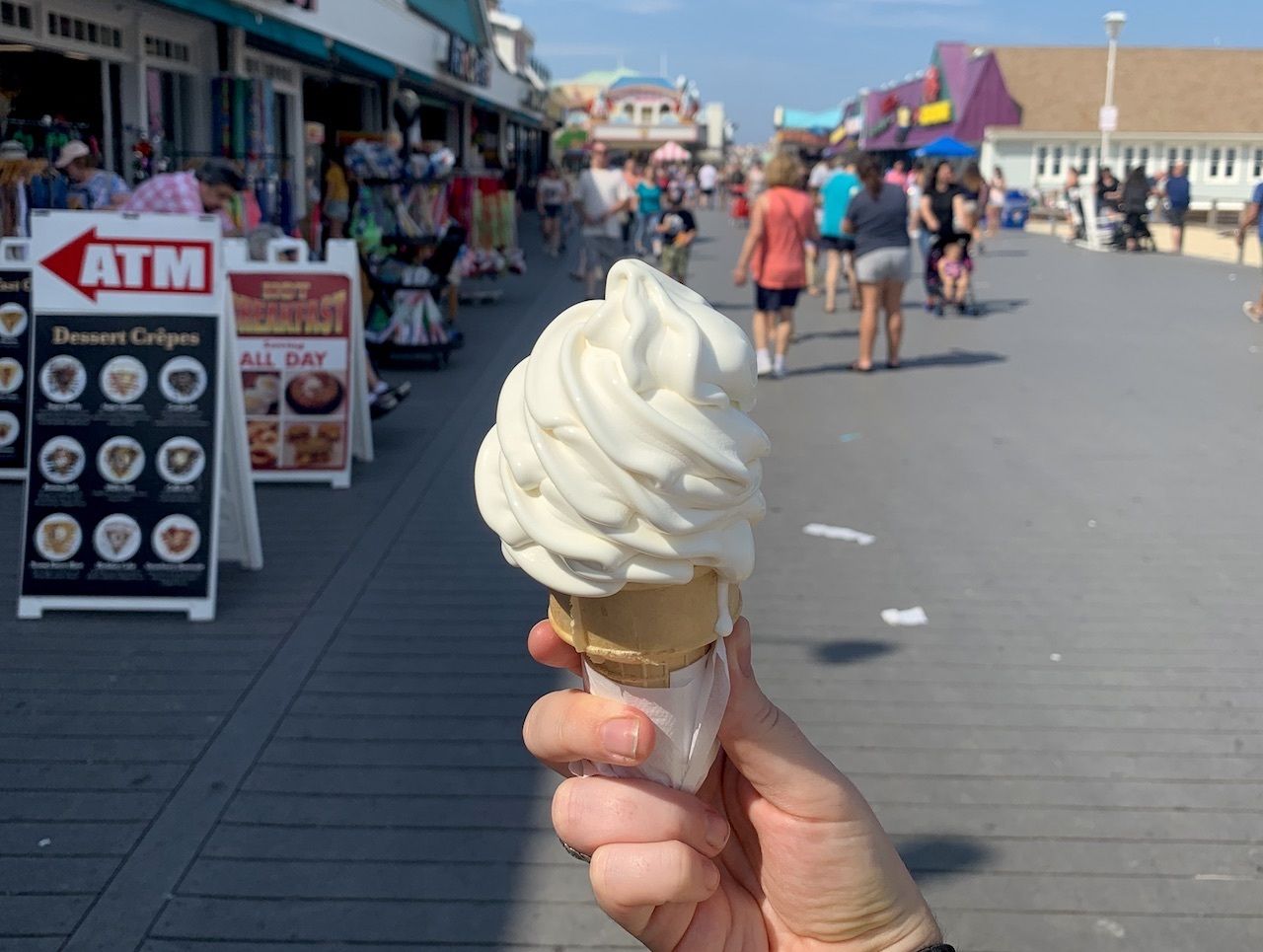Ice cream is the closest thing the world has to a universally loved dessert. Equal parts sweet, creamy, and cooling, ice cream is the perfect summer treat — though there’s an argument to be made that it’s just as perfect every other time of the year, too. All of the different ways that it’s prepared in different countries is testament to the appeal of this sweet, frozen treat. And depending on where you are in the world, its form and structure varies widely.
These 15 styles of ice cream around the world are the perfect midday treat, afternoon snack, or cooling dessert.
Quick note: To narrow it down, we stuck to the most literal definition of ice cream. To be considered, it has to have some type of dairy or coconut milk (the “cream”), and it has to be frozen (the “ice”). That rules out favorites like Ecuador’s helado de paila and Iran’s faloodeh, but there’s always room for seconds when it comes to dessert.

